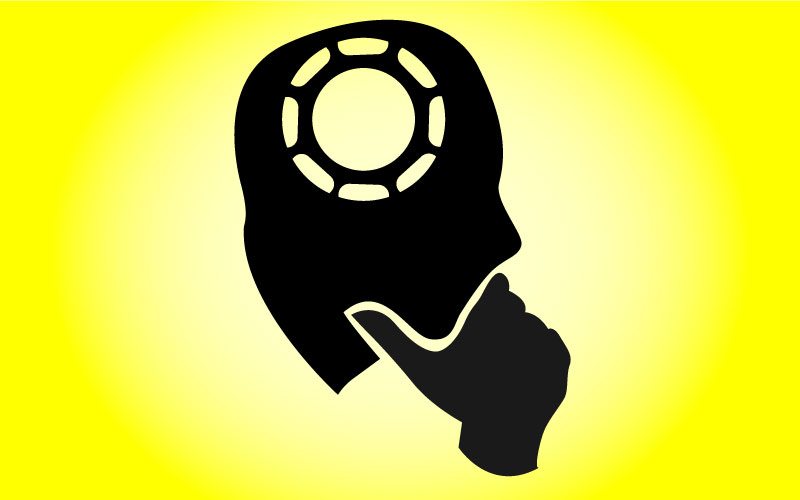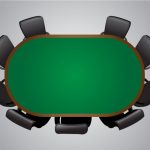This article is a part of a series on performance psychology regarding poker. In this week’s edition, we are going to look at some basic science behind classic conditioning and how it can be applied to your bottom line in the poker world. We’re also going to look at how these simple routines before your poker sessions can help you to have a better life overall. Let’s get started.
Pavlov’s Dogs at the Poker Table
Here’s some quick background for people who aren’t familiar with the famous experiments that became known as Pavlov’s dogs, here’s the basic run-down. Dude has some dogs, and he feeds them each day. When they see the food, they start producing saliva, something we can all agree isn’t a voluntary response. He also rings a bell as he’s preparing to feed the dogs. Eventually, he notices that the dogs start salivating at the sound of the bell even if there is no food being prepared. In short, he hotwired an involuntary response to an unrelated event. This hotwiring is an application of classical conditioning, and it’s something that we can use to our advantage in the poker world.
The Pre-session Routine
The second principle that I outlined a few weeks ago was, “Time spent on improving at poker is not wasted.” A lot of people often get the feeling that they’re wasting their time working on the mental side of things because there isn’t always clear evidence in the short-term that it’s producing any results. Sometimes you have to have faith in the science that supports what you’re trying to do so that you keep doing it long enough to see real results. The pre-session routine is an example of something that will improve your poker game right away, but it will take a while for you to see improvements in the rest of your life because of it.
Here’s how the pre-session routine works. Before you begin your session, you want to do some set of things to optimize your performance during the session. Some common examples of this are getting a drink or snack ready, making sure you have an empty bottle handy in case you need it and making sure that all of your instant messaging programs are closed down so that you won’t be distracted while you play. You could set your cell phone on silent and put it out of reach as well. All of these are examples of pre-session tasks that will improve your EV right away. However, all of these things are external in nature. We want to look at tasks that will help us to become more prepared internally by improving our focus and lowering our anxiety and how prone we are to tilt.
The Internal Routine
The idea behind having a routine to get things ready internally is three-fold. First, you want to prime your focus and improve your immediate expected value from your session by making it more likely that you will make the correct plays. Second, it calms everything down emotionally to make it less likely that you actively tilt or get distracted or mentally fatigued. Third, it provides you with mental conditioning along the lines of Pavlov’s dogs that you can put to use in other aspects of your life.
The internal portion of your routine will have two basic parts. The first part involves stretching out your body a little while you relax and start calming down to prepare for your session. I recommend starting with a few leg stretches and moving into a few back stretches followed by stretching out the arms and neck. While you’re stretching, it’s critical to focus on slowing down breathing and having nice, long, deep breaths. This is extremely important because it’s the mechanism that we’re going to train your body to react to.
Once you have stretched yourself out, sit comfortably on the floor for a few minutes with your eyes closed relaxing and focusing on your breathing. Keep your breath controlled, and focus on counting your breaths. You can count one (in), two (out), three (in), four (out), and so on if you’d like. It’s more difficult to count just on the out breaths, but more rewarding as well, so try that if you think you’re up to it.
The entire routine of stretching and working with your breathing will take about ten minutes tops. This gives you about seven minutes of stretching and three minutes of focusing on your breathing, give or take. The deep, slow breathing is what most people skip over with all of this, and it’s also the most important part, so if you don’t do it, then don’t complain when you get no results whatsoever.
The Short Run and the Long Run
Above, we discussed the immediate, short-term benefits of preparing your sessions with a simple routine that will prime your mental state. However, there are also some major long-term benefits to using this type of routine, and we’re going to get into that now.
With Pavlov’s dogs, the food was the original trigger for the dogs salivating, but the bell became the new trigger because it was done at the same time. With our routine, we want to create a situation where we can eventually take a single deep breath to achieve the same level of focus as we would get with a full 10-minute routine. The involuntary reaction that you’re having is the higher level of focus, and you can currently only achieve that with some sort of routine that takes several minutes. Once you do this routine enough, you’ll be able to trigger that same level of focus by taking a single deep breath that you really focus on. This is why focusing on your breathing and having long, slow, controlled breaths is such a critical part of the routine.
Submit your review | |









